Viewing ancient, early medieval (6th to 12th Centuries CE) and medieval (after 12th Century CE) Indian history as a period made up of loud battle cries and bloody wars, with North India as its centre, has been the norm in dominant historiographies of the subcontinent. But what about diverse histories that lie to the south of the Vindhyas? In contrast to centralised empires in the north, these are seen as the scattered chiefdoms with no distinct polity, economy or culture to speak of. It is as if, just as North Indian emperors found it difficult to dominate their Southern counterparts, the historians, too, have faced insurmountable challenges when venturing south. However, despite its invisibilisation in textbook histories or academic discourse, books like Anirudhh Kanisetti’s Lords of the Deccan bring these histories to light (often, with non-linear narratives that enable a deeper and more holistic understanding than otherwise).
Researchers often regard historical moments as significant in understanding the long-drawn historical processes that shape human civilisation. Interestingly, our consciousness of a shared ‘national’ past is also often hung upon edifices built out of illustrious historical moments. But how does one select what is an important historical moment, and what is not? For instance, after the collapse of the Gupta empire, one historical moment, our mainstream understanding of the history of India takes a big jump to another: the ‘arrival’ of the Turks. What is overlooked in this great leap forward, sadly, is a diverse and multi-layered history of the subcontinent that remains buried under the hard volcanic black rocks of Deccan soil. As Kanisetti puts it, “the erasure of the Deccan from our historical consciousness is one of the strangest reversals of fortunes in Indian history, especially given what its contemporaries thought of it.”
The fall of the Gupta empire didn’t leave a ‘political vacuum’ in the subcontinent. For, just as with the Mughal Empire, there is considerable debate regarding its supposedly centralised nature to begin with. Talking about the importance that the Gupta emperors gave to ‘Samanta’ based rule, Raghavendra Vajpeyi in his article Gupta Perception of Indian Reality and Feudalism remarks, “ …they possessed ability and resources wherewith they could make successful efforts of providing geopolitical unity to the sub-continent. But they singularly lacked the vision of a politically and administratively united one-India.” Once this facade of centralisation collapses, it doesn’t take long to see other, smaller, kingdoms actually holding the reins of power. Also evident is the expansion of the spheres of influence of these kingdoms once a major dynasty, like that of the Guptas, withers away.
In Kanisetti’s book, beginning with the rise of the Chalukyas and ending with the Kalyana Chalukyas and Cholas, a non-linear history of the Deccan unfolds. The spectrum of rule doesn’t comprise merely shifting alliances and enmities, but massive temple building projects, the role of the “antahpurams [residential quarters of royal women]” and other local political hierarchies, the palpable presence of Kannada and Sanskrit cosmopolitanism and trade and commerce both within the subcontinent and outside. All of this, taken together, constituted the early medieval and medieval Deccan empires.
Was it only political intrigue that characterised this thriving polity of early medieval and medieval India? Or was there a connection between myth, art, architecture and language at play, that cemented the political legitimacy of the rulers?
As elsewhere, here too, kings were not always born to their titles. The pastoralist clans of Chalkas became the Chalukyas. Pulakeshin I Chalukya would declare himself the Sri-Prithvi Vallabha. Hence, to go with the idea of myth as explored by Roland Barthes (myth giving a thing “a clarity which is not that of an explanation but of a statement of fact”) the gradual history of the Chalukya monarchs, from their humble origin as tribesmen, was evolved into a mythology that perpetuated their existence as kings since time immemorial. This was furthered by several elaborate rituals and sacrifices that included Hayamedha, Agnistoma, Agnicayana, Vajapeya, Bahusuvanra, Paundarika, and Hiranyagarbha. As Kanisetti writes, ‘Through all this, a profound transformation in his societal and ritual status unfurled, giving him access to new sources of political power. As a newly minted high-caste lord, whose farmer and pastoralist ancestors would never have had the status or wealth for any projects of this sort, Pulakeshin I now made sure his contemporaries saw him as nothing less than the ideal Indian king of theory and legend, building a sophisticated propaganda system all his successors would follow.”
What else went into this myth-making, establishing it as the sole historical reality? Was defeating foes at the battlefield enough? Anirudhh Kanisetti answers these questions. The Chalukya king took the title “Brahmanya” meaning, friend to brahmins. Hence, the Vedic norm of a brahmin legitimising the rajanya’s rule is in no way restricted to North Indian imperial practice. In fact, this practice became so popular in the court of the Deccan rulers, and the Brahmins grew so wealthy and influential as a result, that they went on to form the most important merchant guild of the time: Ainurruvar or the guild of ‘the Five Hundred Lords’. Whether it was the Chalukyas of Vatapi, the Chalukyas of Vengi, the Pallavas or the Rashtrakutas, no one compromised on inviting Brahmins to their kingdoms and granting lands to them, since the interrelationship between “Rajya” and “Kavya” (Sanskrit literary style employed in the court epics, over which the brahmins held sway), as Sheldon Pollock would put it, mattered highly in the transition of each dynasty from local chiefs to rulers of the Indian classical imperial landscape.
A study of the political history of the Deccan cannot overlook the history of women. The already settled empires thrived on stable alliances and feudatories. The village chieftains, samantas, lords, merchants, bankers and, last but not the least, courtesans, played a significant role in political affairs. “Hierarchies in the antahpuram paralleled those of the court,” writes Kanisetti. “All these positions flowed from politicking: the question of who would occupy the position of chief queen was a decision based on talent, public perception and private negotiations, not on who happened to marry the king first.” The authority of Loka Mahadevi, wife of Vikramaditya, was such that she administered two regions by herself and made land grants on her name. Kanisetti writes, “For a royal lady to do all this, and do it publicly, was exceptional; the only other one to have done so was Queen Vijaya-Mahadevi.”
But, while Brahmins may have legitimised dynasties, and queens and kings consolidated them, how could a monarch ensure reverence in the eyes of the public? For this, new means would have to be devised. And what better an opportunity to garner public validation than to use art and religion as propaganda?
While Hinduism, for some, is unchanging and eternal, even in the 6th century its practice was far removed from what we witness today. When the Chalukyas were making their presence felt in the Deccan, Buddhism was waning. This paved the way for elaborate investments in temple-based Hinduism, that became a key form of political expression. Be it the Chalukyas or the Pallavas or the Rashtrakutas or the Cholas, temple-building activities, and the grandeur that accompanied these, had distinct political undertones.
Along with building temples, tirthas, or pilgrimages, facilitated the growth of urbanisation and political outreach. Writing about some of the “oldest Hindu traditions”, Diana L. Eck in her article India’s ‘tirthas’: ‘Crossings’ in Sacred Geography stresses the “locative strand of Hindu piety”. She writes, “in this locative form of religiousness, the place itself is the primary locus of devotion. A tirtha is a ‘crossing place’, a ‘ford’, where one may cross over to the far shore of a river or the far shore of the worlds of heaven.” Thus, Kanisetti argues, while the most sacred tirthas of the subcontinent were earlier based in North India, with the construction of massive temples at Pattadakal, Kanchi, or Tanjore, the Deccan rulers finally became successful in constructing their own tirthas, thereby, in Kanisetti’s words, “remaking their imperial topography of the subcontinent”. As time progressed, temples moved beyond sacred sites and started to be constructed on “arterial roads” to “attract a cosmopolitan crowd” (Kanisetti).
And yet, as Kanisetti asks, of these rulers, “What remains of their conquests, of their boasts, of their politics and their betrayals” today? Would it be apt to quote Shelley and say, “Nothing beside remains. Round the decay / Of that colossal wreck… ”?
Kanisetti writes: “But what the Nameless Sthapati [master architect, sculptor or craftsperson; establisher or creator] created – that will stand till the end of time.”
Read an excerpt from his book below.
Today, it is difficult to imagine Hinduism without temples, or even to imagine temples as being more than places for worship. That was not the case during the time of the early Chalukyas. Then, the idea of building permanent shrines to ‘Hindu’ gods was somewhat of an innovation. Buddhists, on the other hand, were used to worshipping idols and
congregating around permanent religious institutions such as monasteries or stupas, and folk religion in the subcontinent always had a strong idol-based aspect to its worship of yakshas and other fertility deities. But orthodox Hinduism, even up to the early centuries CE, had still relied primarily on Vedic rituals – expensive and difficult undertakings for kings, and rather ephemeral in how they displayed royal power and political messages. These rituals were performed in temporary altars, built specifically to perform a sacrifice and destroyed after.
But by the fourth century, aided by the patronage of the Gupta emperors of northern India, Hindu cults adopted permanent iconic representations of gods and introduced radical theological innovations in a bid to increase popularity and capture patronage. In the Vedic worldview, the gods, who always remained invisible presences through the rituals, needed periodic sacrifices from mortals to help them defeat anti-gods and bring rains. In the new, temple-based, Puranic Hinduism, gods such as Shiva and Vishnu were embodied as idols and were declared Supreme. They no longer needed sacrifices to help them order the cosmos, but went about their business according to a plan that mortals could not hope to understand. Mortals could also bring them to Earth as permanent residents in temples, not just as temporary visitors to sacrifices. There, they could propitiate these mighty deities with new rituals that were presented as reworked versions of Vedic sacrifices: periodic, daily offering of animals, food, flowers and so on. This innovation proved popular with rich and poor alike. Royals across northern India soon started to build shrines to Hindu gods, while continuing their patronage of existing Buddhist and Jain institutions.
However, temples did not spread only for devotional reasons.
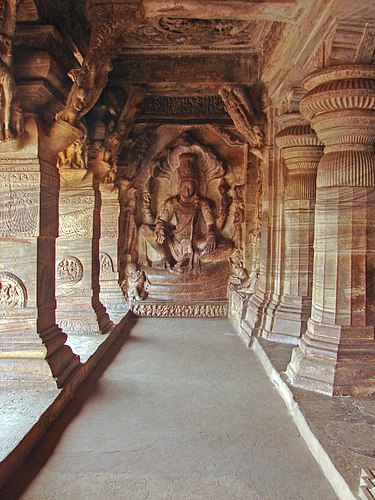
Vishnu image in Badami Cave 3
Major temples and the deities they enshrined were associated with legends contained in the Puranas, and were believed to have potent boons to offer devotees and donors. They attracted pilgrims and, more importantly, commercial activity, creating hubs where India’s flourishing religious cults could preach, squabble, sing, celebrate and make money. The popularity of temple-based Hinduism also led to the gradual creation of new religious communities, more amenable to supporting the activities of warlike aristocrats who claimed a special relationship with the gods8 – all of which were in stark contrast to what Buddhists in south India were willing or able to offer, as will be seen later. Building a temple could also help royals curry favour with existing groups of worshippers, monastic communities, pilgrims and so on. The crowds of devotees that visited temples would frequently hear of the land grants and military exploits of kings, and associate them with the inscrutable world-ordering activities of deities, in contrast to the moralistic tales of Buddhas and Bodhisattvas that they might hear in a stupa. As one scholar puts it, the rise of ever more elaborate temples and the growth of royal power inevitably went hand in hand.
This was why it was so important for medieval kings to build temples, though we may often misinterpret these activities as stemming purely from devotion. Early Chalukya temples, in particular, show us how medieval kings used these buildings as a crucial aspect of their power. Chalukya temples are replete with subtle and not-so-subtle political messages.

Keshava temple, Somnathapura, Karnataka. Credit: Human History In Brief
Pulakeshin I’s earliest attested activities were Vedic sacrifices, meant to establish his status amongst other elites conversant with their meaning – kings, Brahmins, generals, poets, astrologers – rather than the average Deccani. By the end of his reign, he had begun to seek more permanent means to express his power to the mass of his subjects. His imperial title, Sri-Prithivi-Vallabha, had already established his relationship to Vishnu. But he also used the soft sandstone of the cliffs of Vatapi to state his personal relationship to the other great god of temple-based Hinduism Shiva – whose cults were already popular in the northern Deccan.
Pulakeshin I’s sculptors were ordered to make sculptures totally unique to the Chalukyas, expressing royal support for these new religious practices. One such image, a spectacular eighteen-armed image of a dancing Shiva still welcomes visitors to the cliffs of Vatapi (modern-day Badami). The god’s arms swirl around him like a blooming lotus, his left foot poised an instant away from striking the ground.
Pulakeshin I’s two warlike sons (Mangalesha and Pulakeshin II’s father) also engaged in a spurt of cave temple building in Vatapi and other Chalukya towns in the Malaprabha valley, such as Aryapura (modern-day Aihole). Ancient sacred springs and wells and dolmen burial sites, where the indigenous peoples of the land had congregated for centuries to celebrate nature’s rhythms, were now incorporated into the sites of flashy new temples. Of course, the Chalukyas by no means confined their patronage to Hindu gods; the religious composition of early medieval India was very much in flux, and they built Buddhist and Jain temples to appeal to those audiences as well.
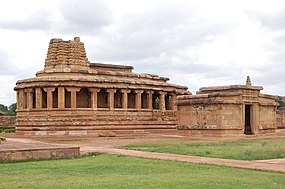
Durga temple, Aihole, Karnataka
Today, the constructions of the early Chalukya kings are among the oldest known temples in southern India, and they tell us a fair bit about the political clashes and competitive religious environment of the sixth century. For example, the Kadambas of Banavasi, their deadly rivals, associated themselves with the Saptamatrikas, goddesses of victory and liberation with roots in ancient cults. Pulakeshin I’s sons went out of their way to use images of these Seven Mothers in their cave temples, competing with the Kadambas to claim the favour of these popular deities.
Mangalesha commissioned an image of the original Sri-Prithivi-Vallabha, Varaha, the man–boar form of Vishnu, who had earned the love of the goddess Earth by rescuing her from a demon at the time of the Great Deluge. The sculpture, evidently meant to establish a visual parallel with the king, can be seen in Cave 3 in modern-day Badami. To this day it retains traces of its original lustrous blue paint. Mangalesha’s campaigns against the Kadambas and Kalachuris, it seems to say, are analogous to Vishnu’s rescue of Earth from darkness. This Chalukya king’s association with Varaha would go on to become one of the subcontinent’s most iconic visual motifs: his nephew Pulakeshin II would use the boar as his battle standard, and it would continue to be used intermittently for nearly one thousand years after, even during the time of the Deccan empires of Bijapur and Vijayanagara.
Pulakeshin II inherited some of his uncle Mangalesha’s skill at visual propaganda, introducing innovations of his own to Chalukya political messaging. He, however, wanted to make a new sort of temple – not the dark, concealed cave temples that the Deccan was familiar with, but elegantnew structures that embraced open air, space, and light. His sculptors and sthapatis (‘establishers’, or master architects) oversaw the removal of great blocks of sandstone from the cliffs of Vatapi. These were then assembled into some of the oldest surviving free-standing temples in southern India. Their clean lines were adorned with subtle sculptural motifs – artistic representations of gods, myths and miniature shrines. Built to support their own weight through careful balancing and positioning of joints, Pulakeshin II’s temples have endured nearly 1400 years of erosion.
Their design borrows from both north and south to make something new, something uniquely Deccan. The shape of Pulakeshin II’s temples, using the distinctive south Indian tiered superstructure ascending in ever-smaller layers from a wide base, seems to reflect a south-centric worldview. And yet, there are many northern influences, which would only have been included by sculptor guilds at Pulakeshin II’s express wish, in order to impress audiences in Vatapi. For example, in sculptural panels on the walls, Shiva can be seen standing straight and calm in the samabhanga posture with a snake in his right hand and a trident in his left, all of which are ‘common North Indian attributes’. These influences came by way of the northern Deccan, a region that was now firmly in Chalukya hands, though it had been a foreign country just a generation ago. Religions and goods from there were now becoming more popular in the Chalukya home territories, as these once-poor lands grew into prosperous towns and were integrated into the subcontinent’s webs of trade and religious exchange. Pulakeshin’s splendid new buildings must have been a great hit with the increasingly religious and cosmopolitan people of the Malaprabha valley, a shrewd investment of the loot he had gained from his military campaigns.
Pulakeshin II’s temples thus tell us a great deal about the complex ways in which medieval Indian elites went about the business of solidifying and perpetuating their power.
Given what temple-based Hinduism could offer to the wealthiest and most powerful people, the decline of monastic Buddhism at this time makes much more sense.
Pulakeshin II also brought innovations to other aspects of Chalukya power. Temples helped structure social activity in urban centres, with their consistent daily and seasonal rhythms where the people of the Malaprabha river valley could congregate. But their audience was limited to a radius of a few dozen miles, at most. For faraway subjects and vassals, more concise religio-political messages were needed.
Pulakeshin II now proved himself the equal of his grandfather in propaganda, inventing a legendary backstory for the Chalukyas, erasing their humble chalke-wielding past. This was interwoven with land grant formulae once used by the Kadambas, ensuring that the aura of glory that surrounded that old dynasty would now accrue to his clan.
According to Pulakeshin, the Chalukya were a clan ‘nourished by the breasts of the Seven Mothers … who have acquired an uninterrupted continuity of prosperity through the protection of Karttikeya [the war god], who have had all kings made subject to them at the sight of the boar-crest which they have acquired through the favour of the divine Narayana [Vishnu]’. He declared that they were a race of heroes sprung from a pot, a chuluka, filled with water from the Ganga by an ancestor who defended the gods from demons. In another version, the Chalukya progenitor was Brahma the Creator himself. In another, there is no pot, but there was a hero whose name is Chalukya. Finally, Pulakeshin also adopted for himself a bevy of titles designed to inspire awe among his vassals and rivals, including Satyashraya, Refuge of Truth – this would be the title by which he was remembered by his successors for centuries after.
The point of all this intense activity in architecture, iconography and political propaganda was manifold. It established that the Chalukyas had rescued the Deccan from all the darkness and anarchy that came before, just as Varaha had rescued the Earth. It established that they were no ordinary mortals, but the favourites of the most popular gods – even the gods of their erstwhile rivals. It established that they ruled over north as well as south, that their power extended into areas that had never bowed to the might of the Deccan before. And, most importantly, it laid the popular and institutional foundations for many more generations of Chalukyas to build temples, make land grants and reorder the Deccan as their ancestors had.
You can find the book here.
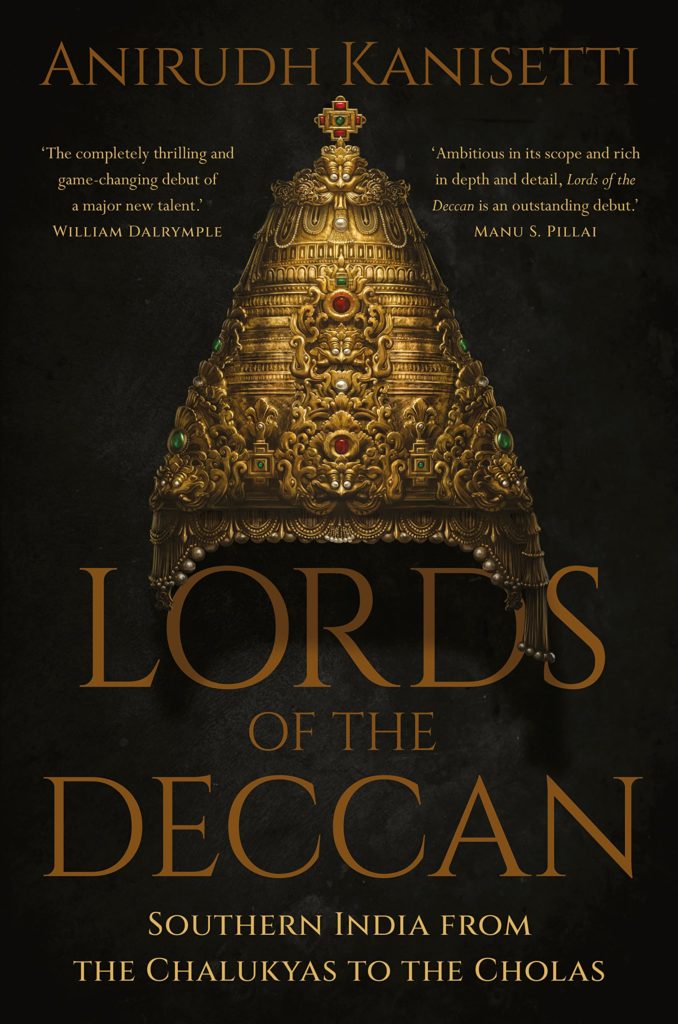
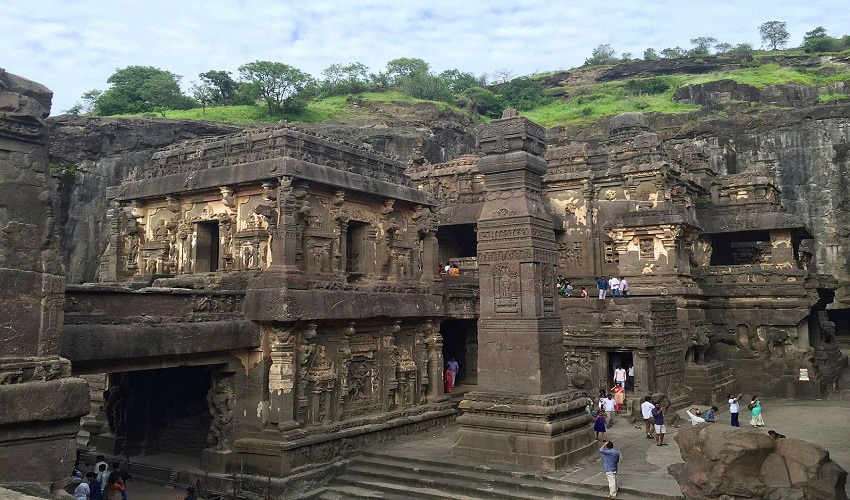




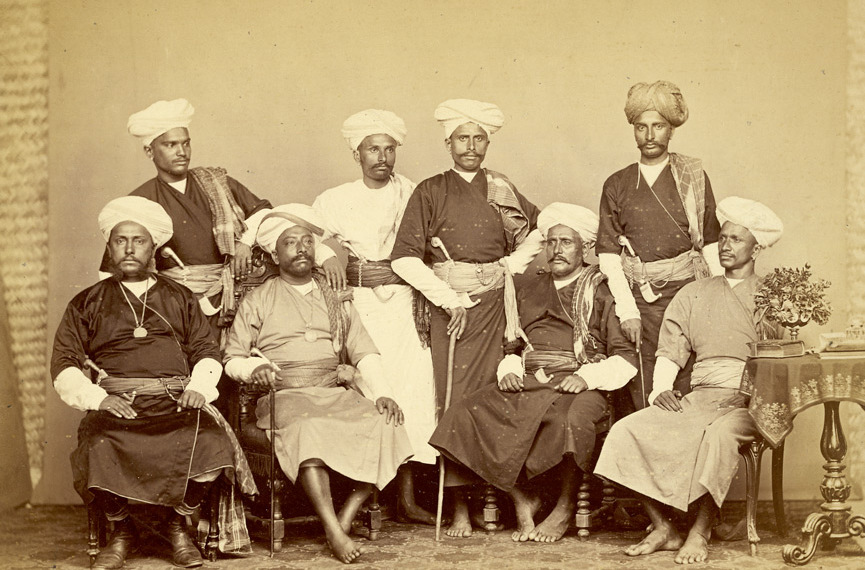
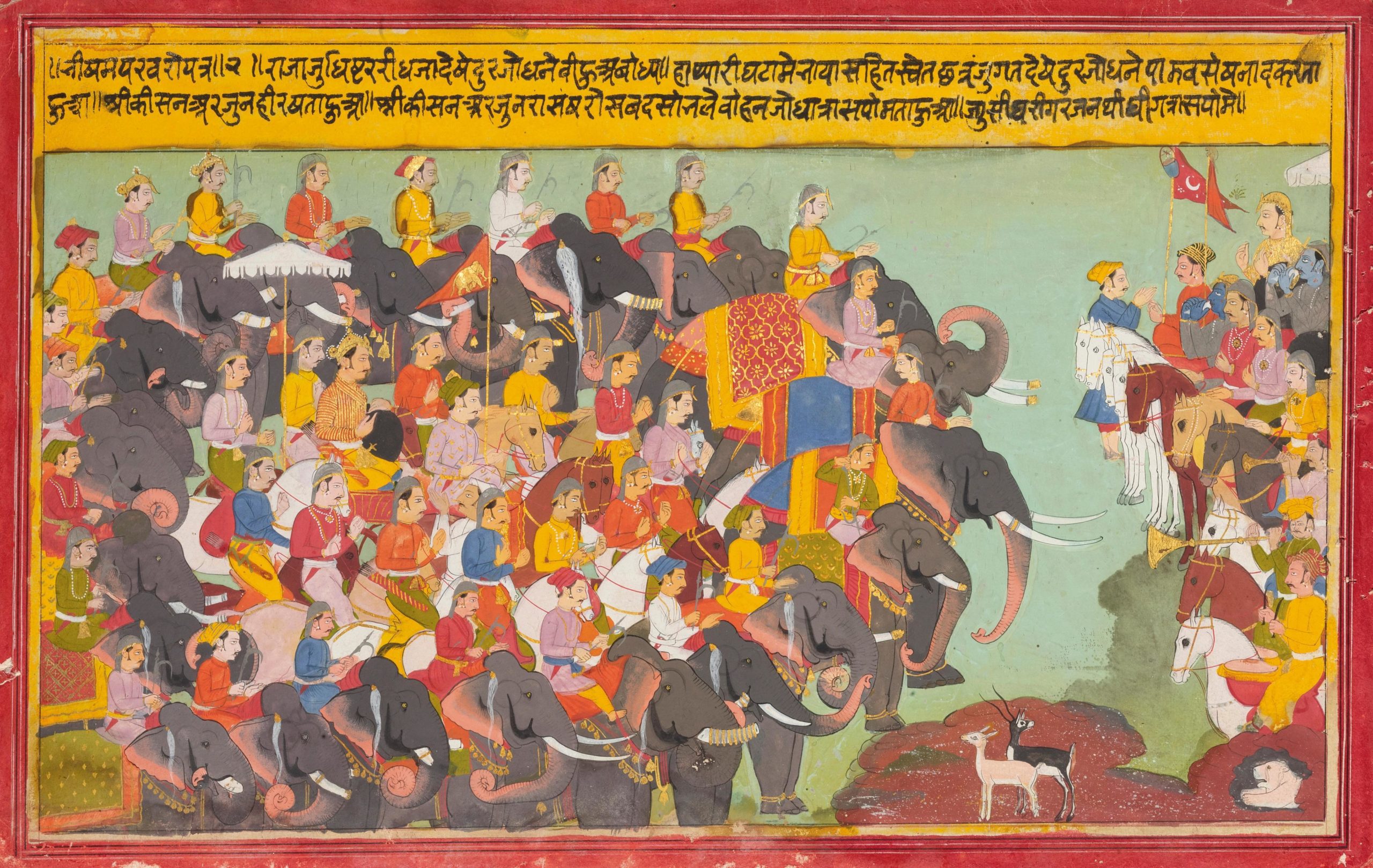
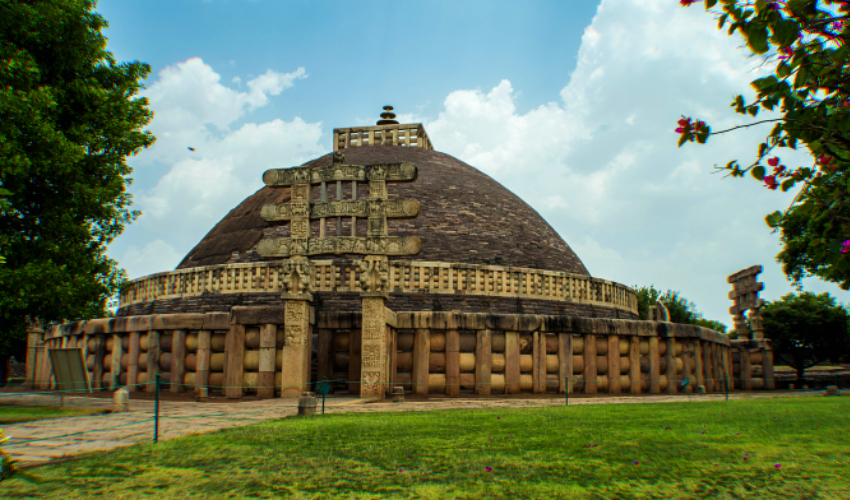
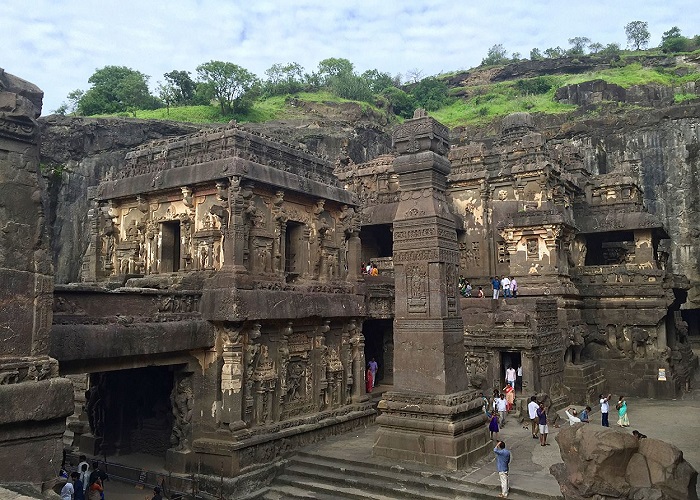
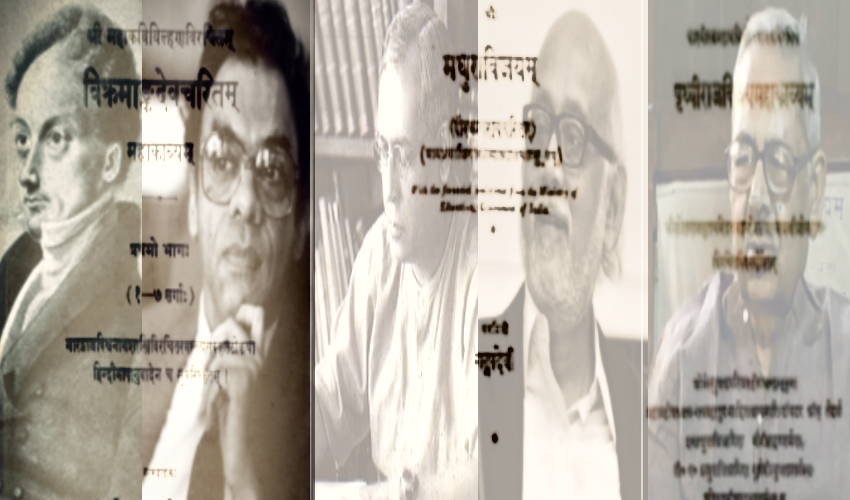

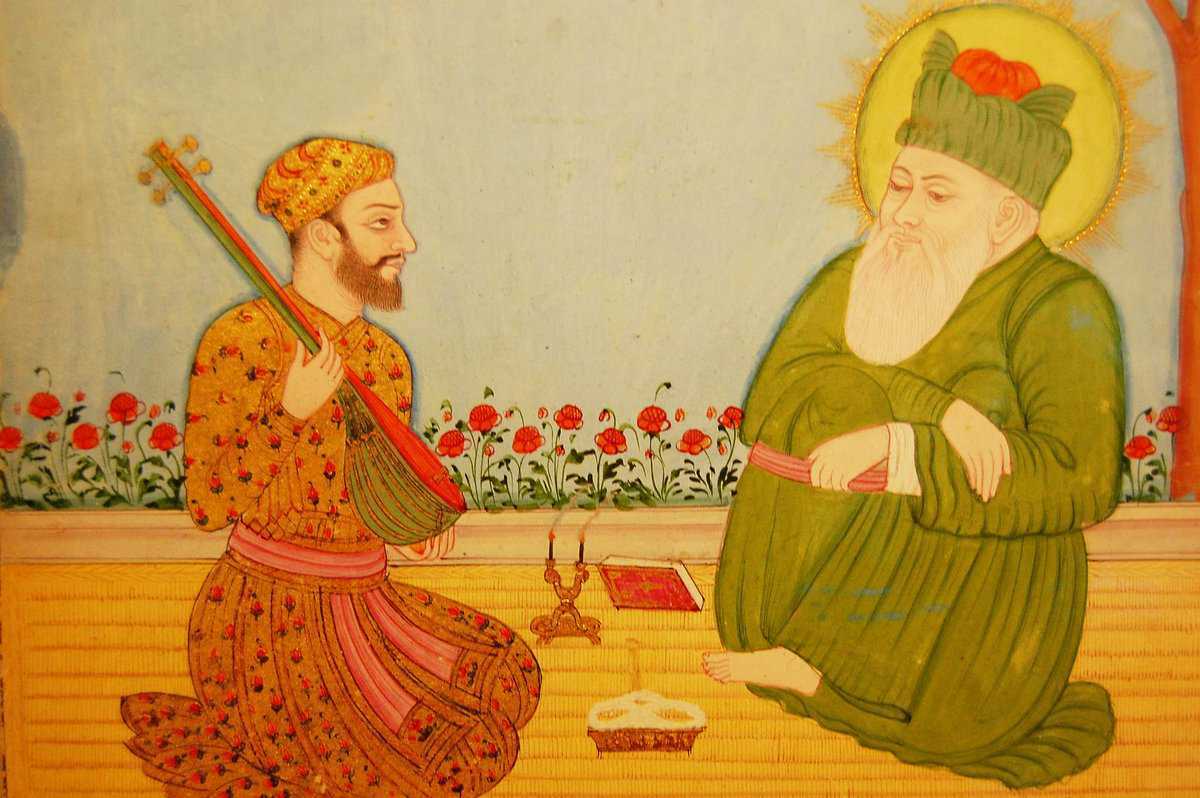
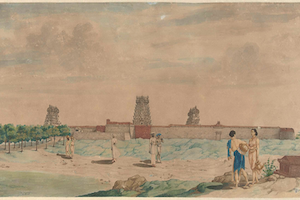
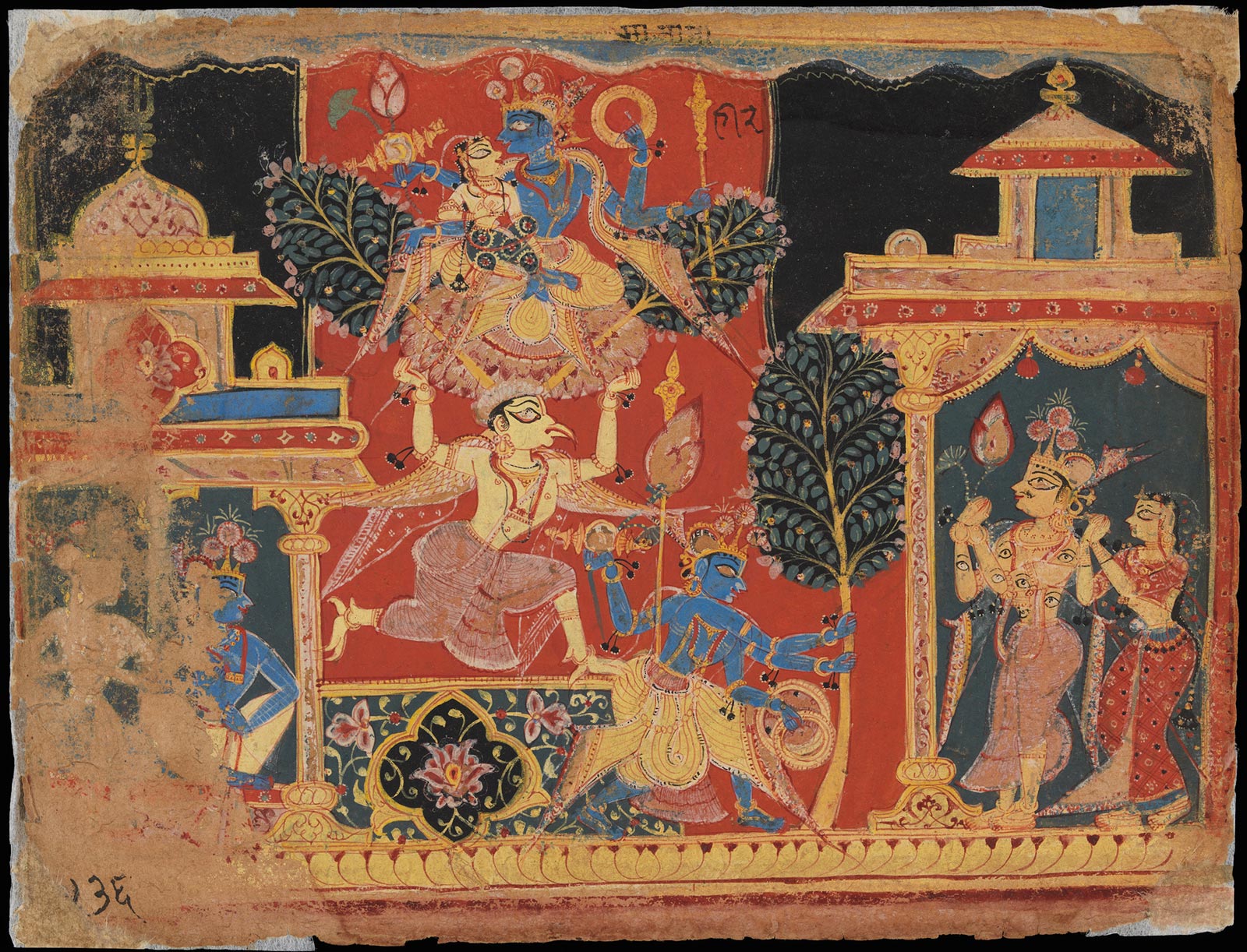
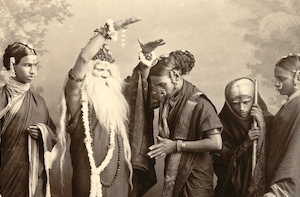
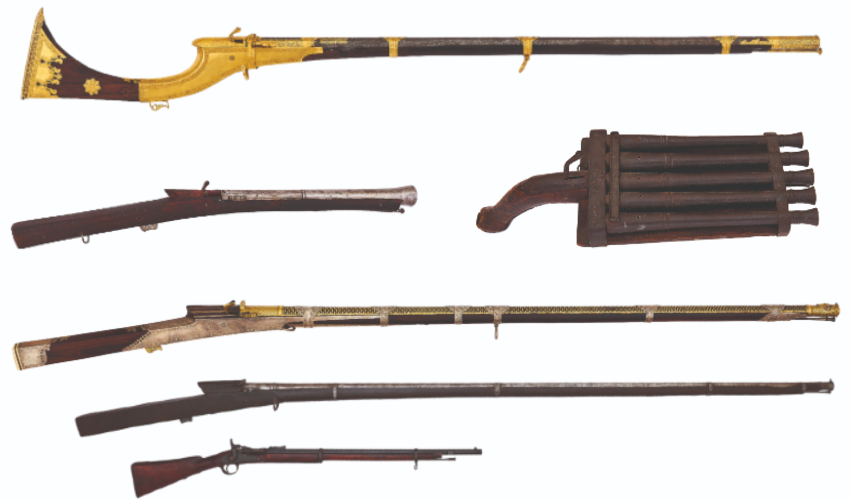
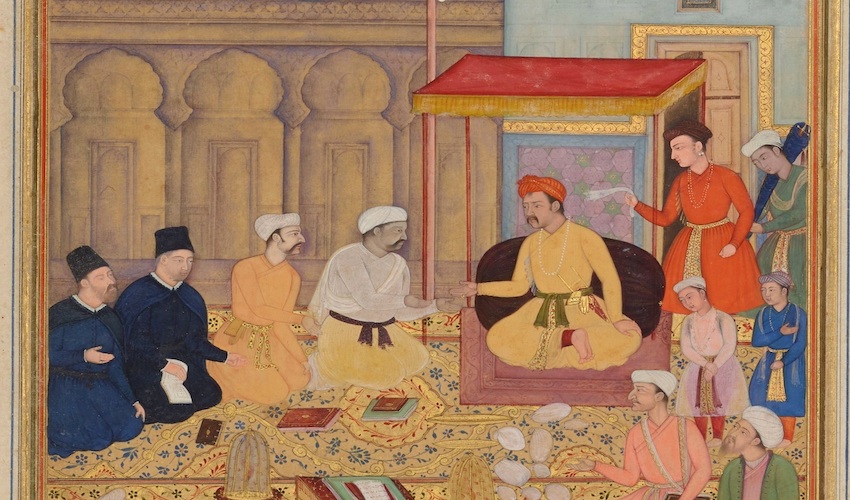
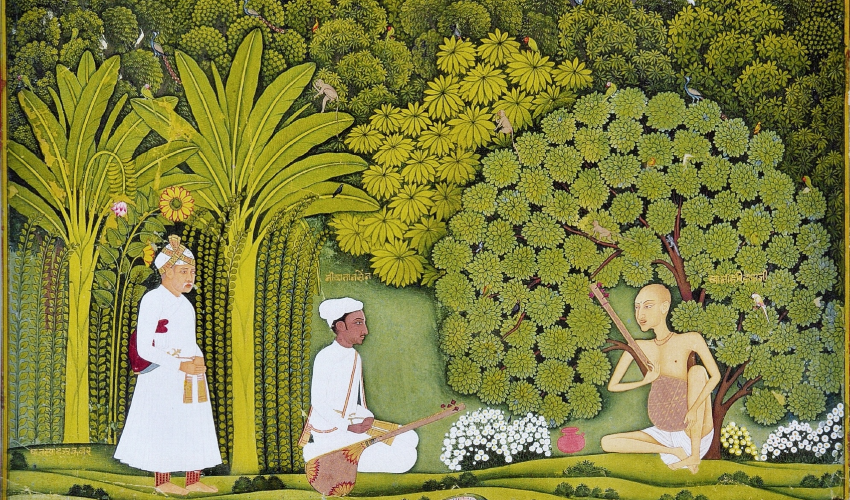
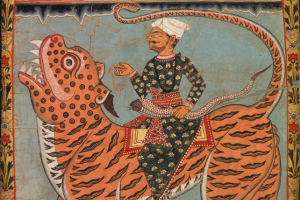

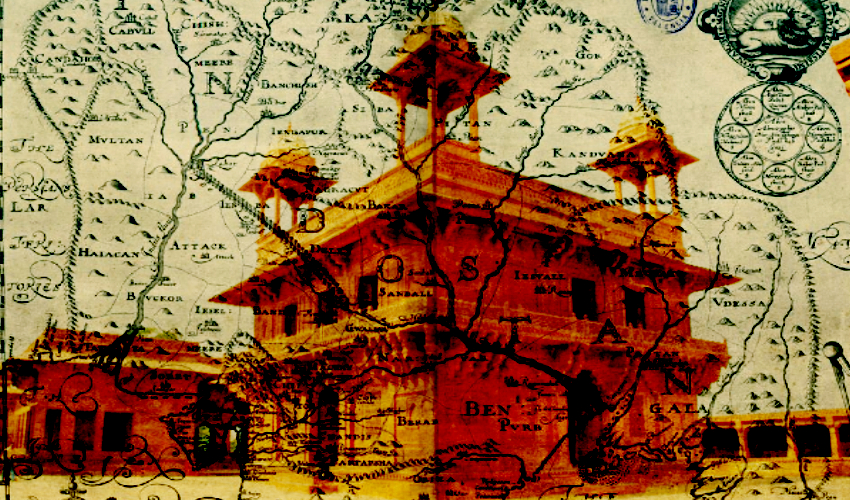
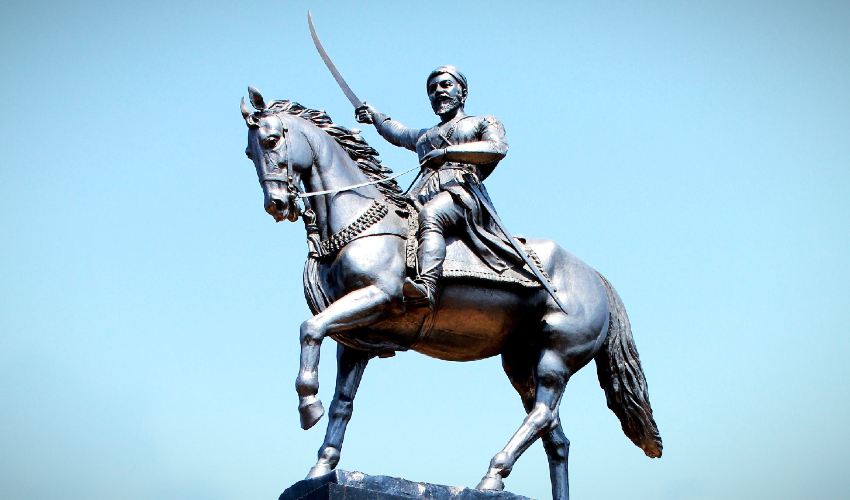
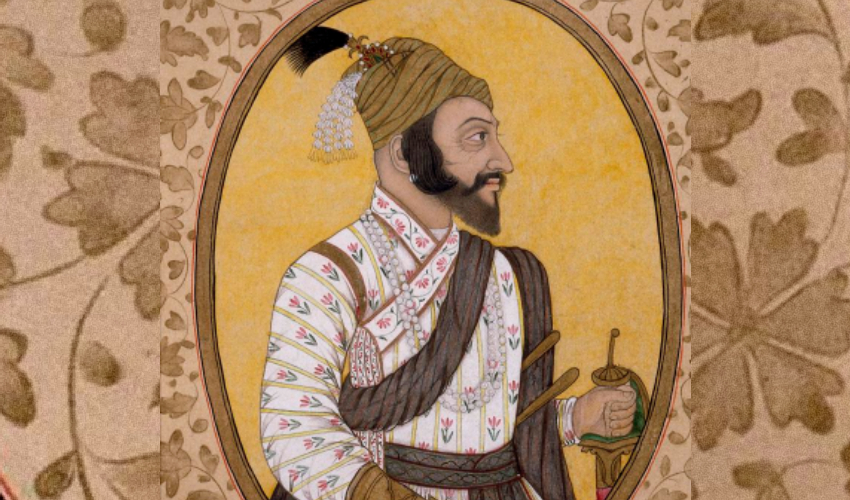

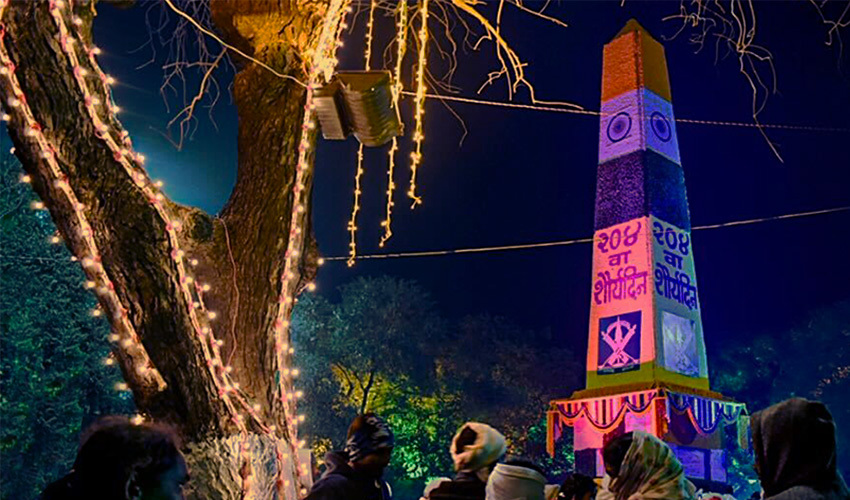
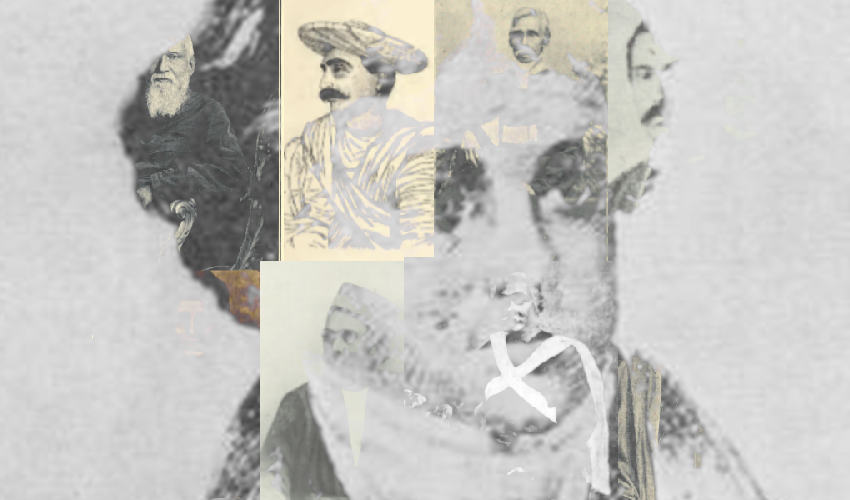
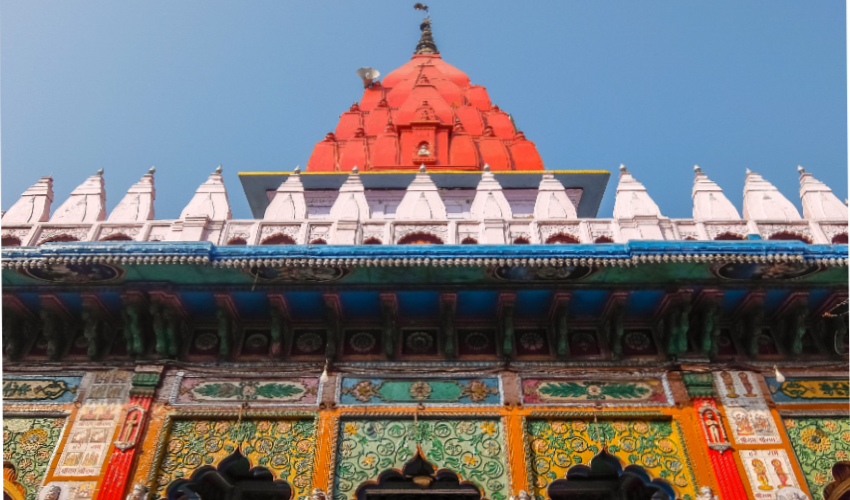
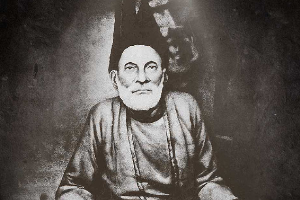
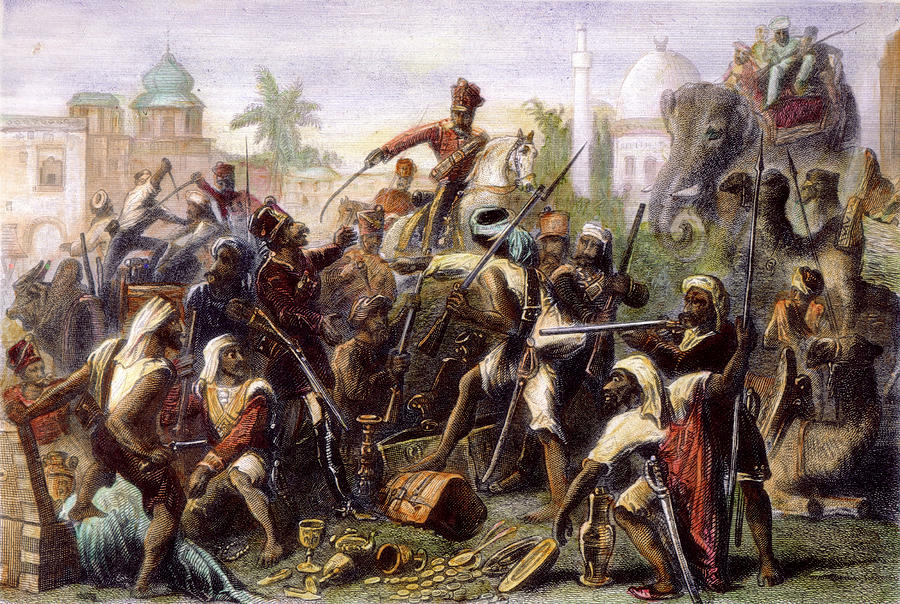
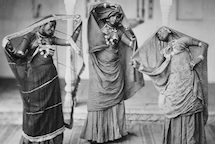
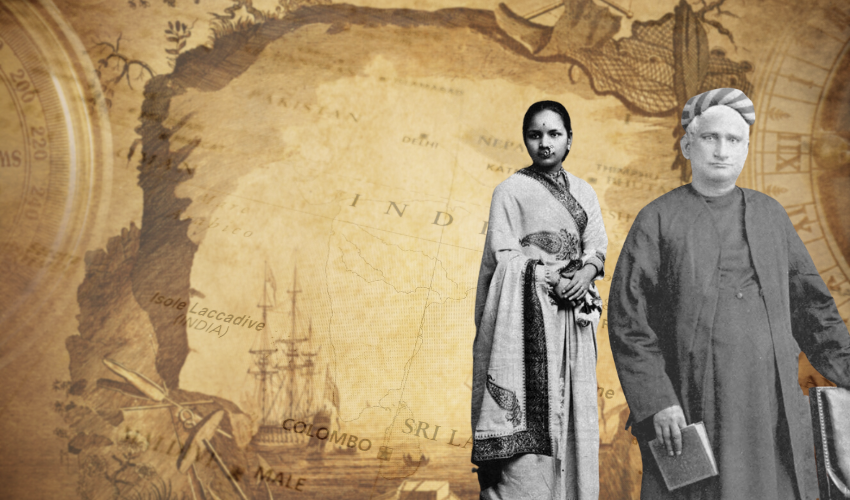
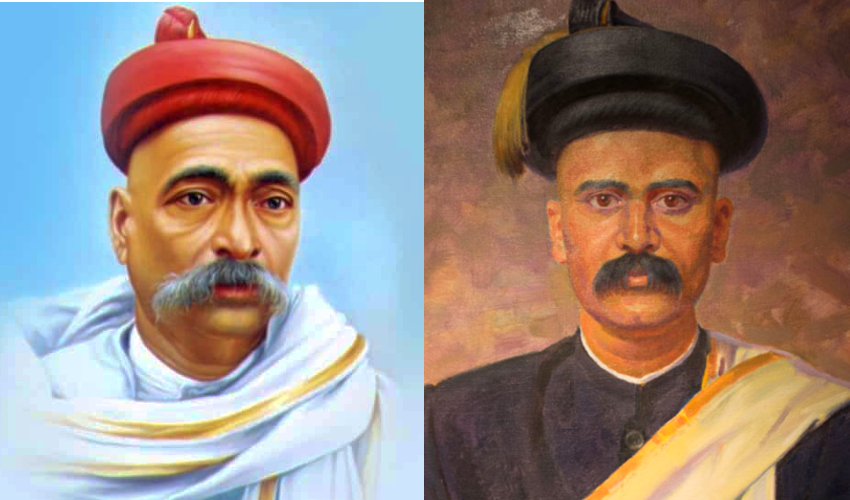

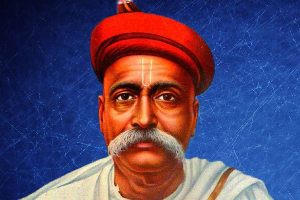
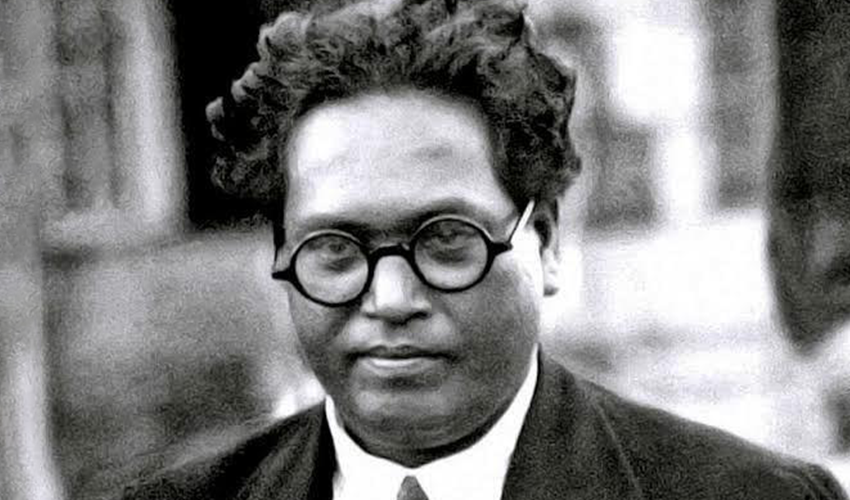
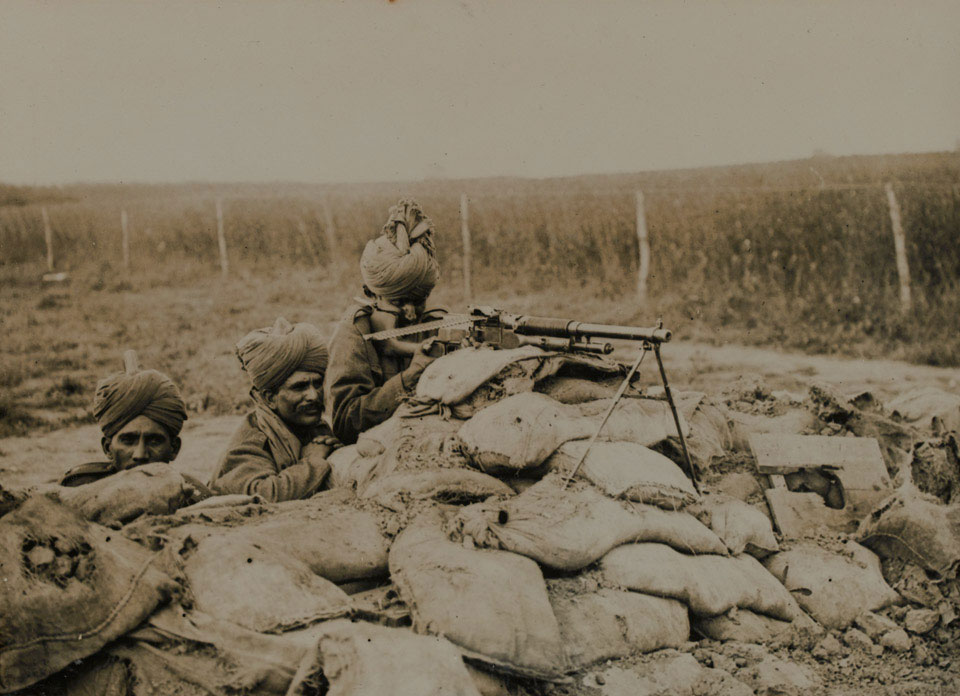
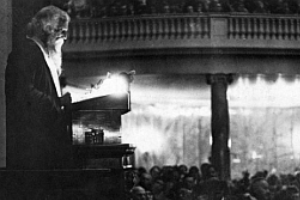
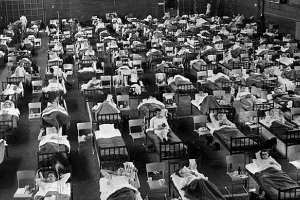
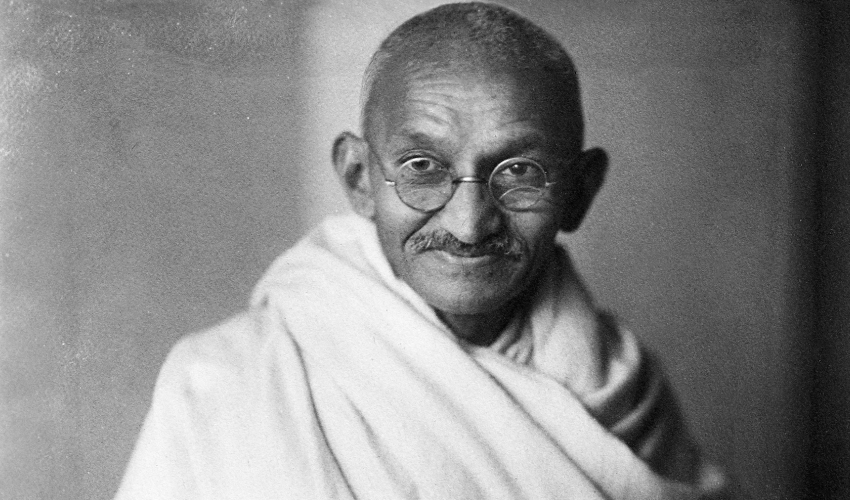
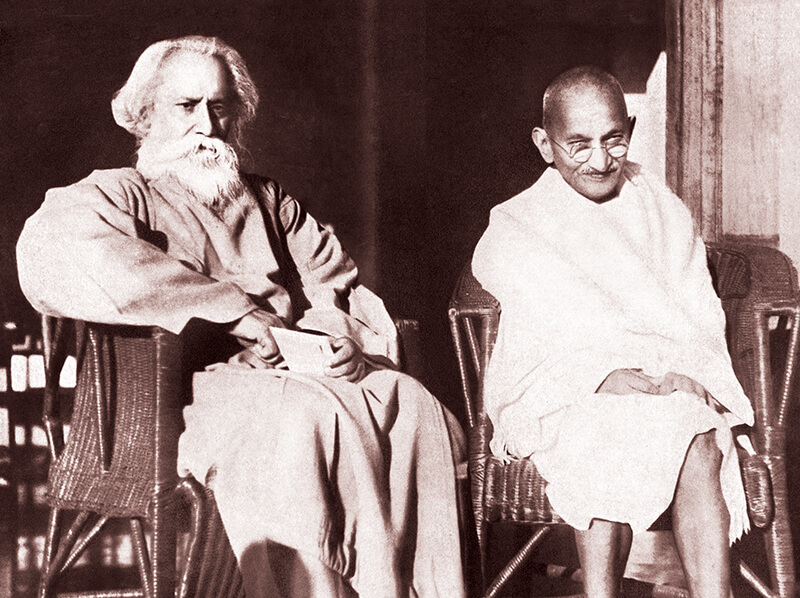


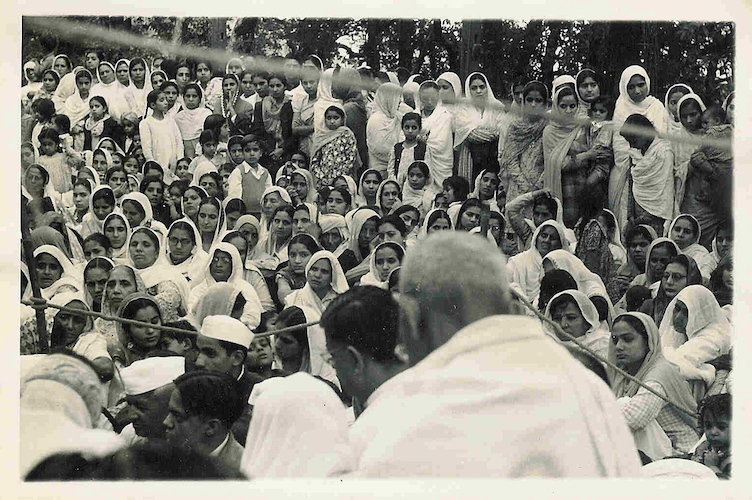
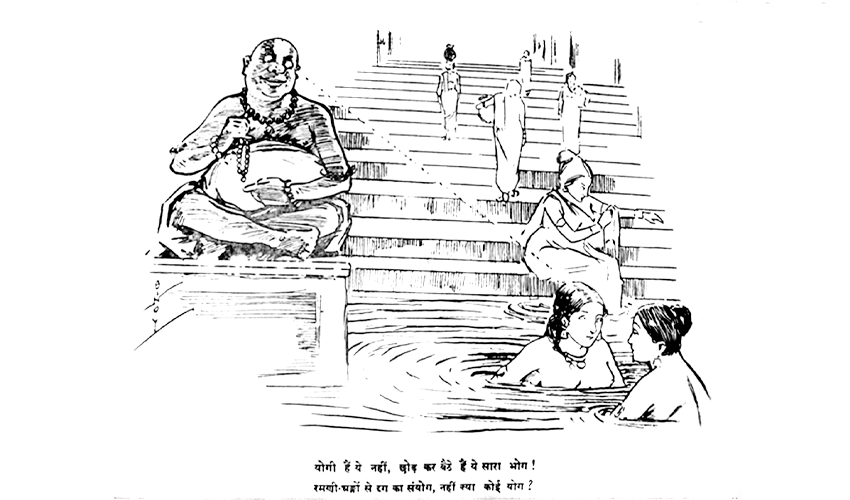
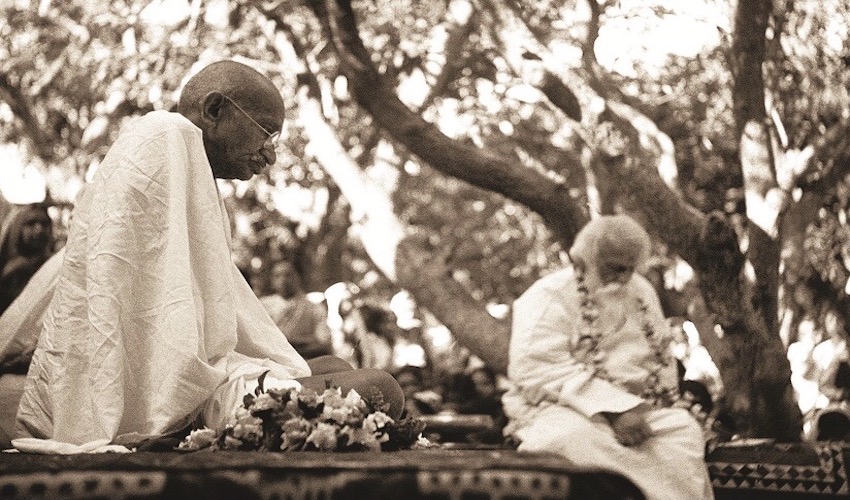
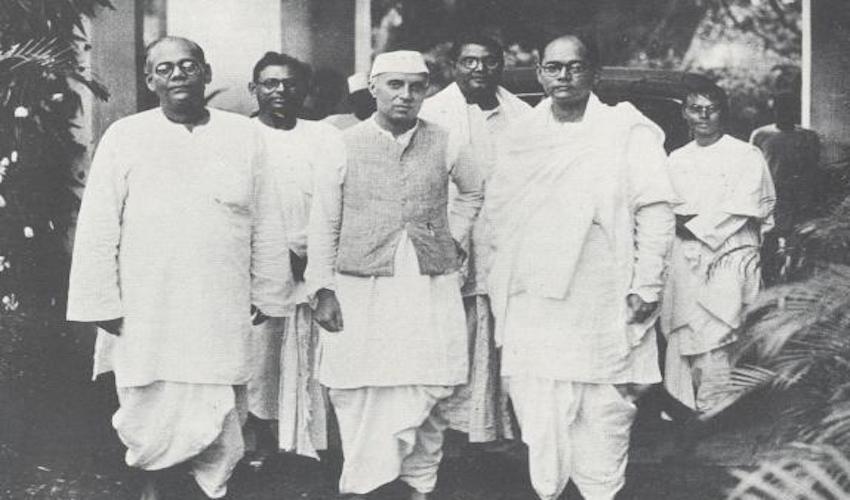
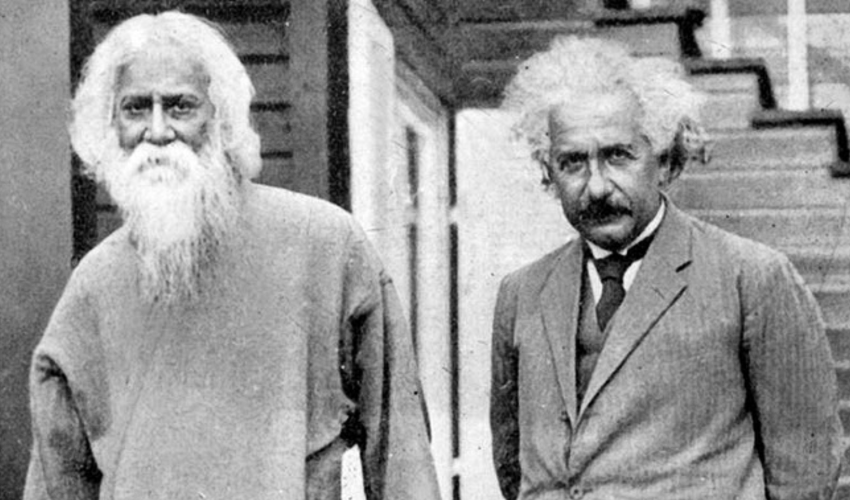
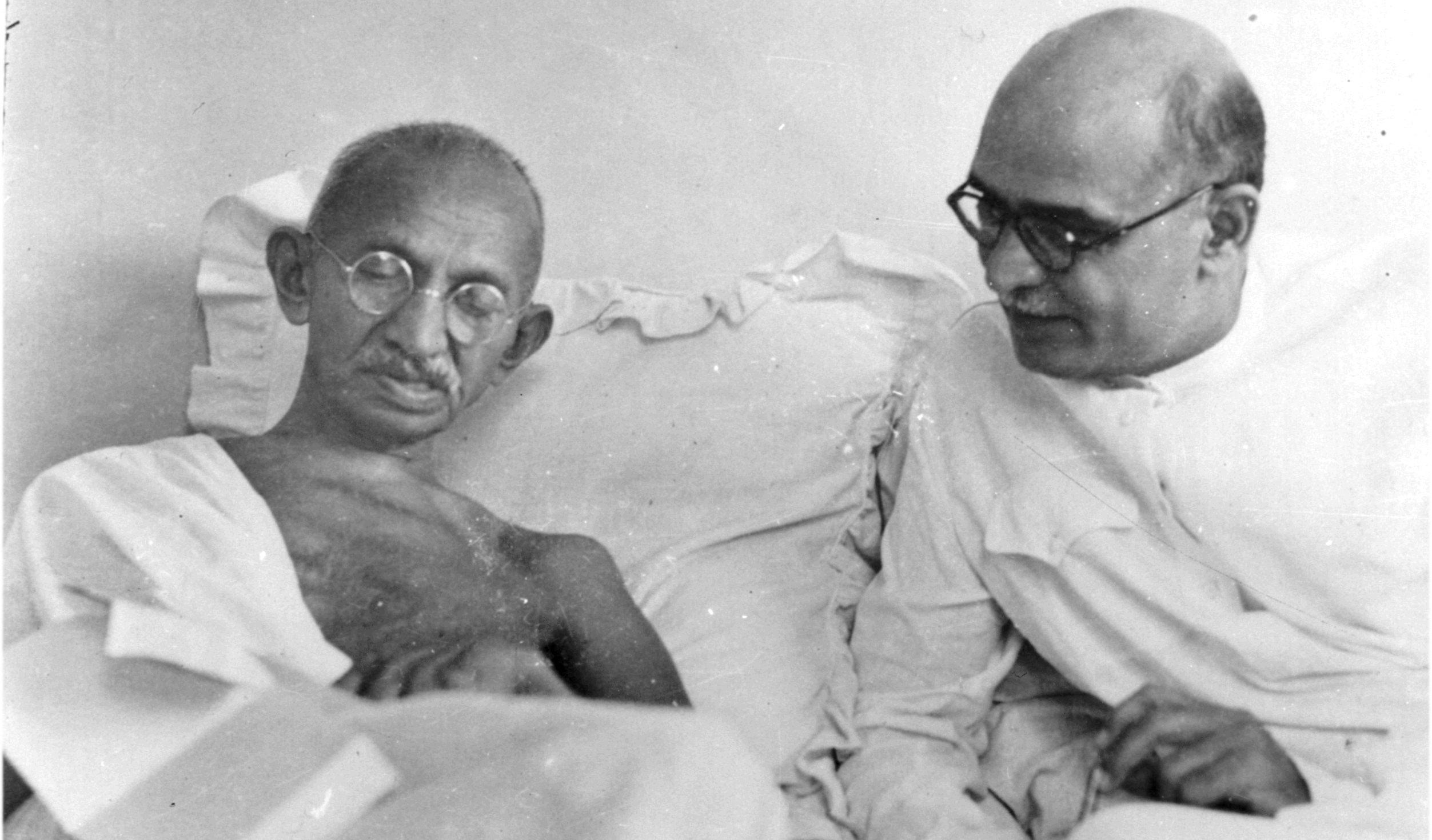
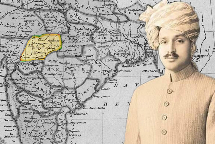
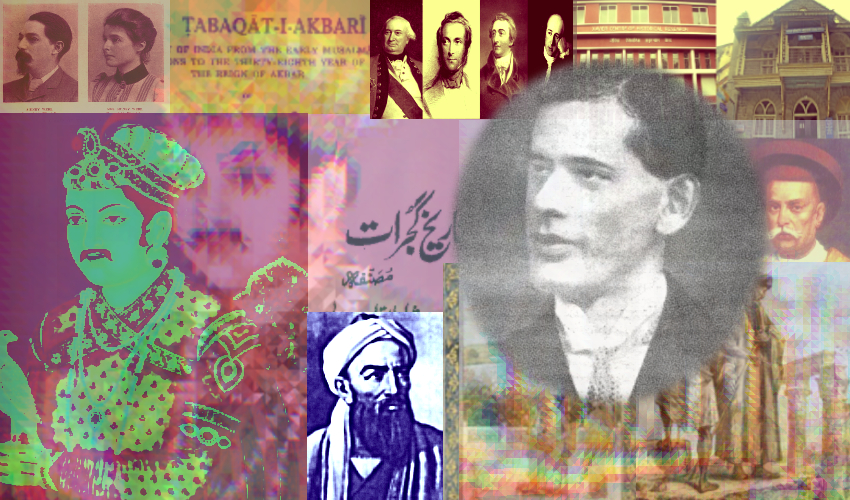
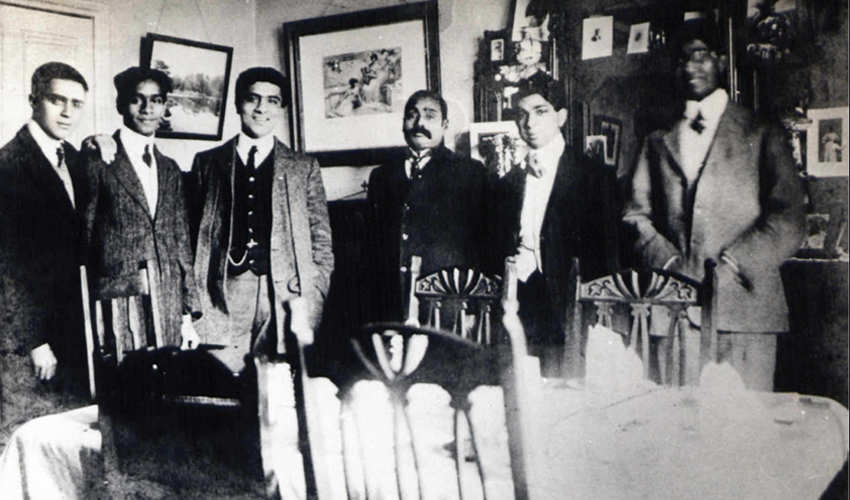
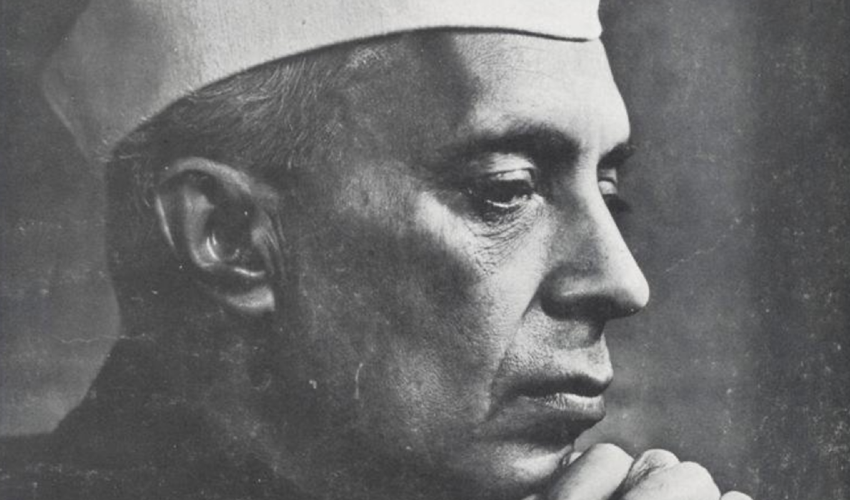
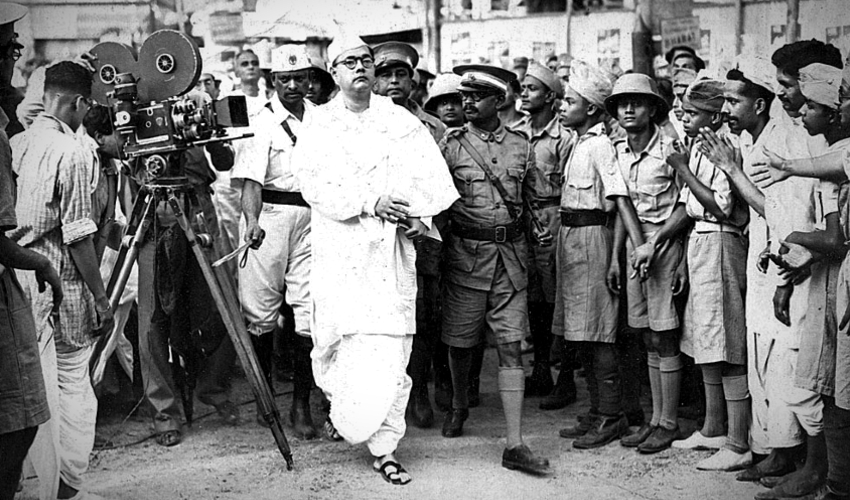


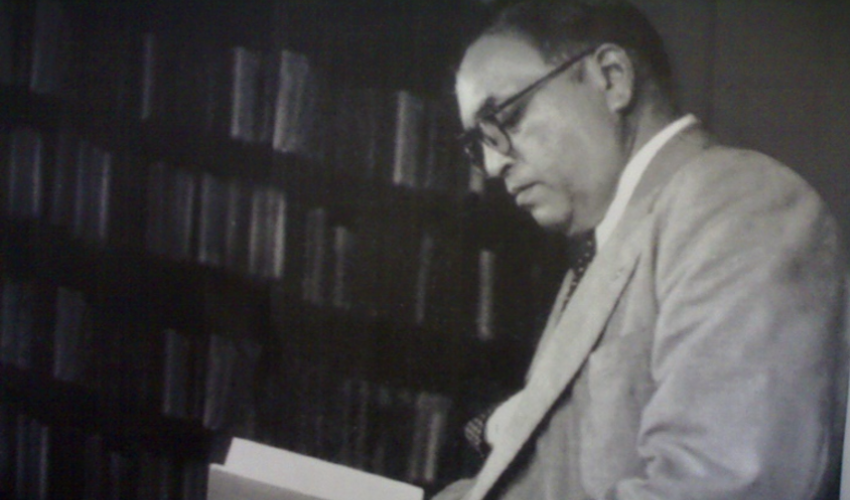

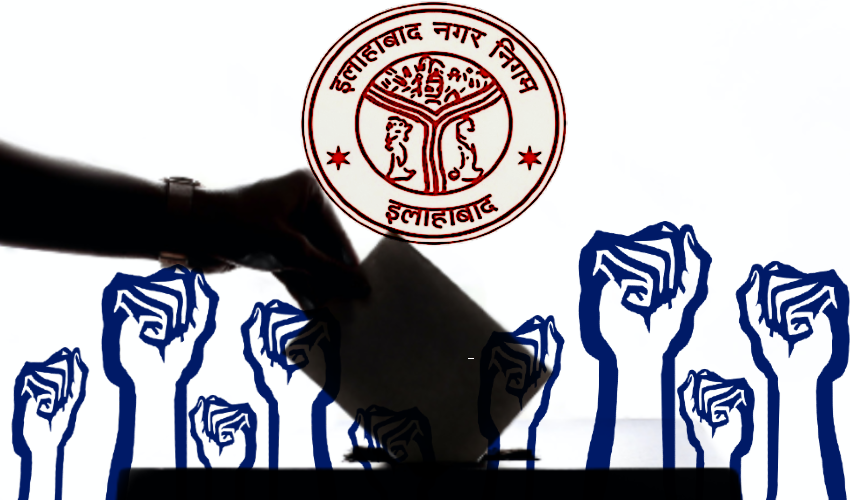
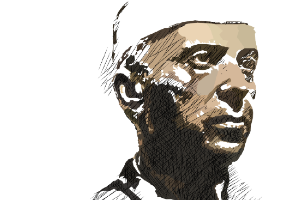
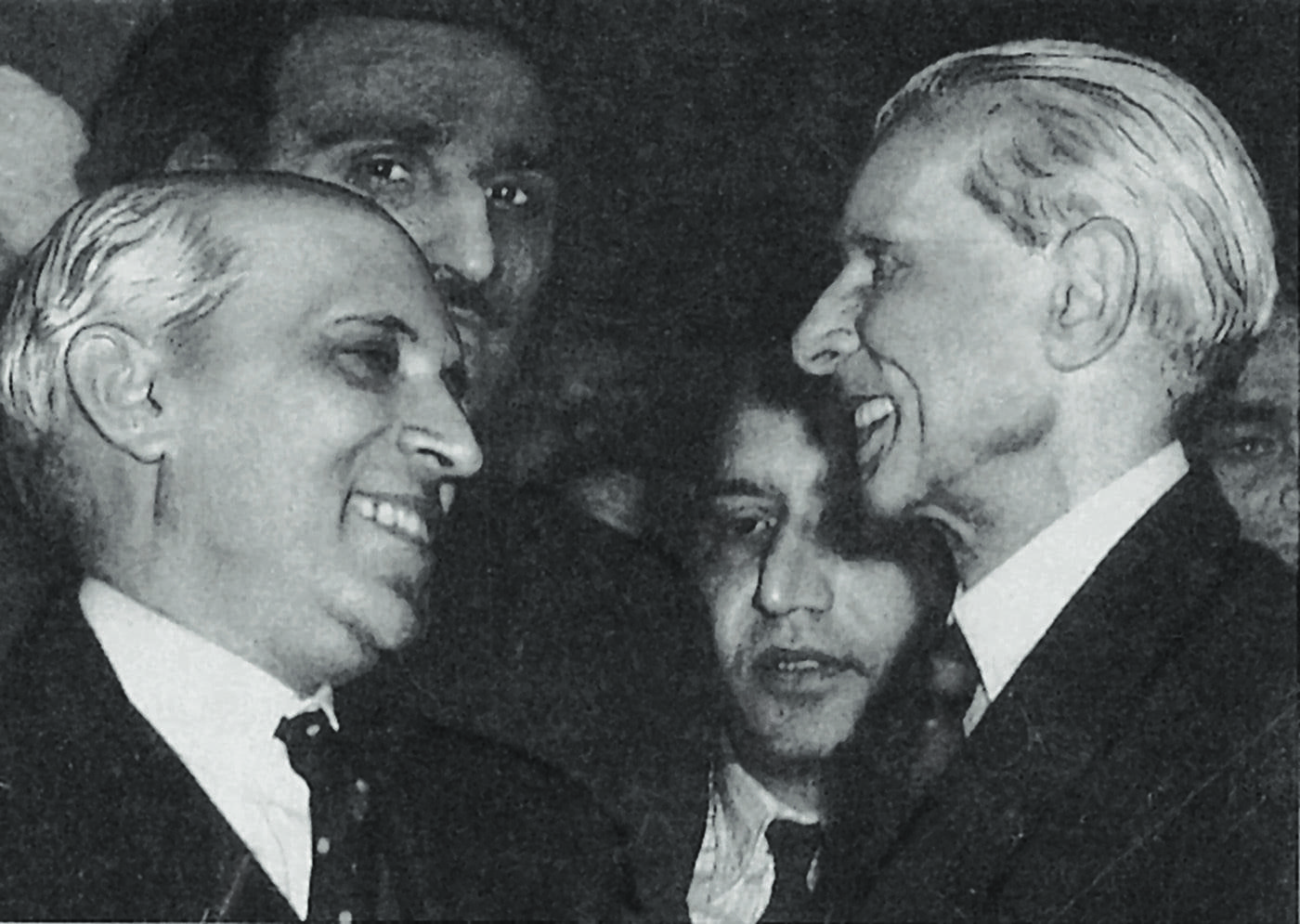
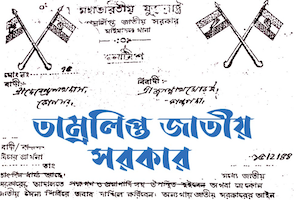

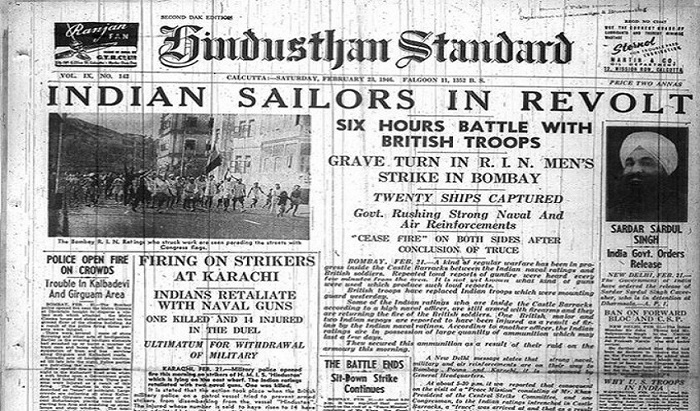
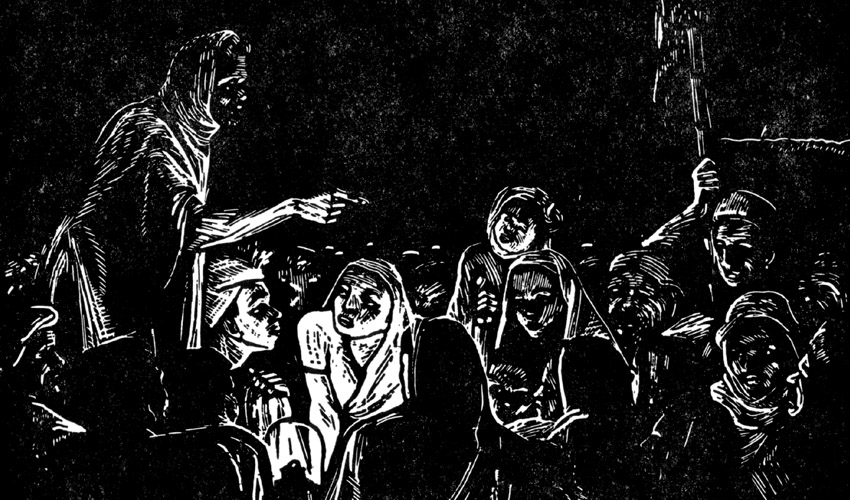

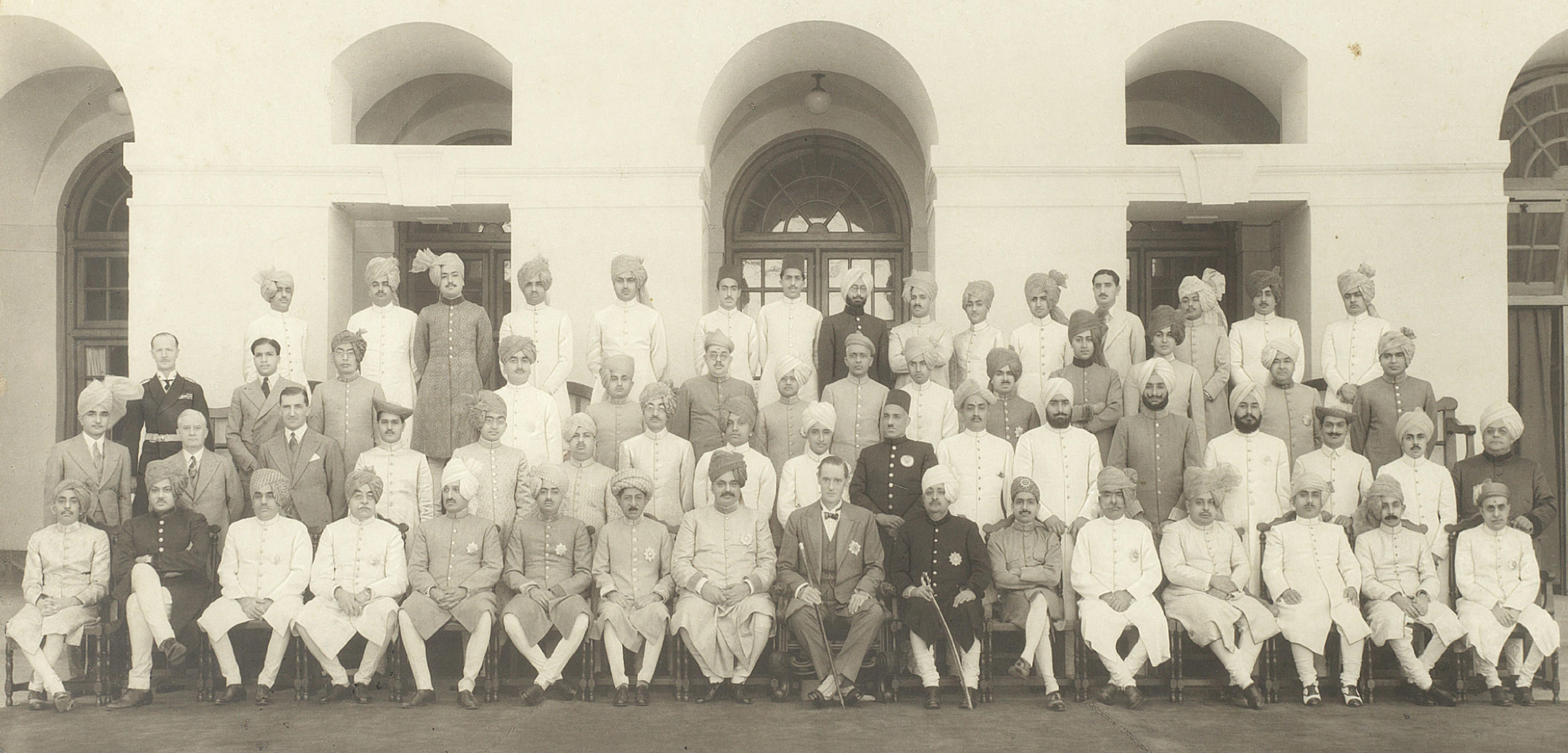
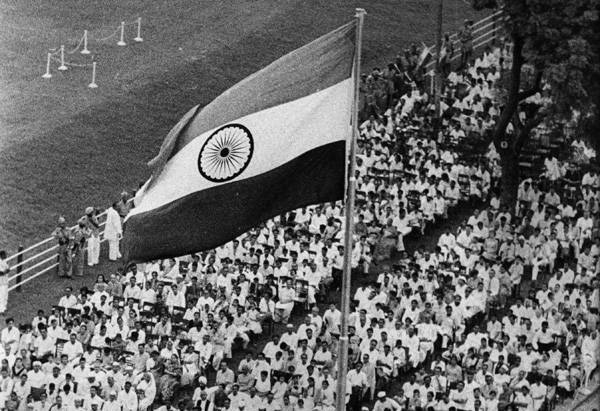
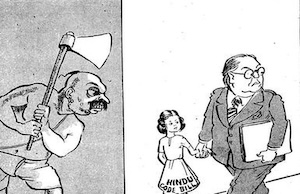


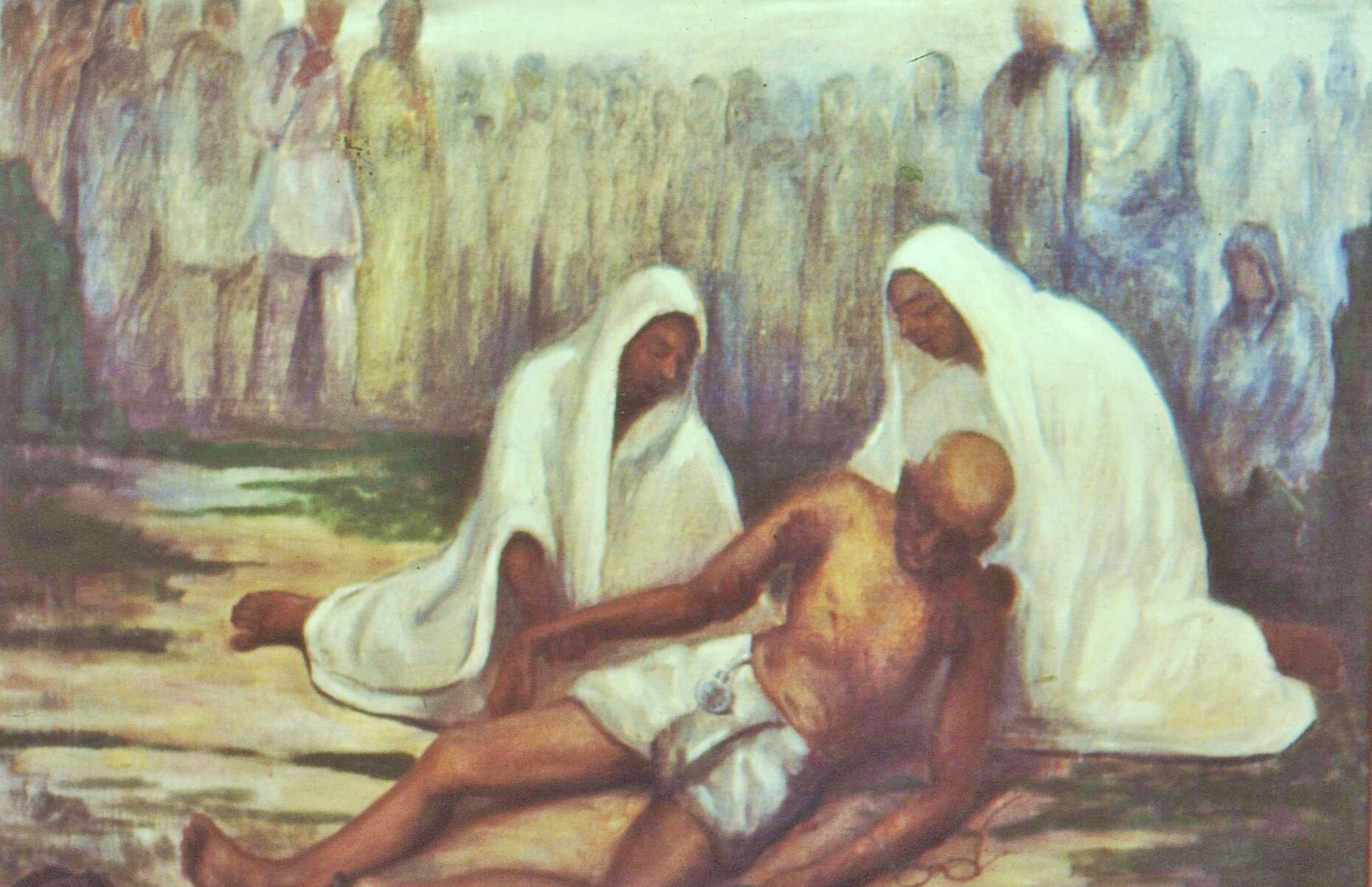
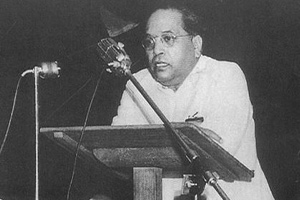
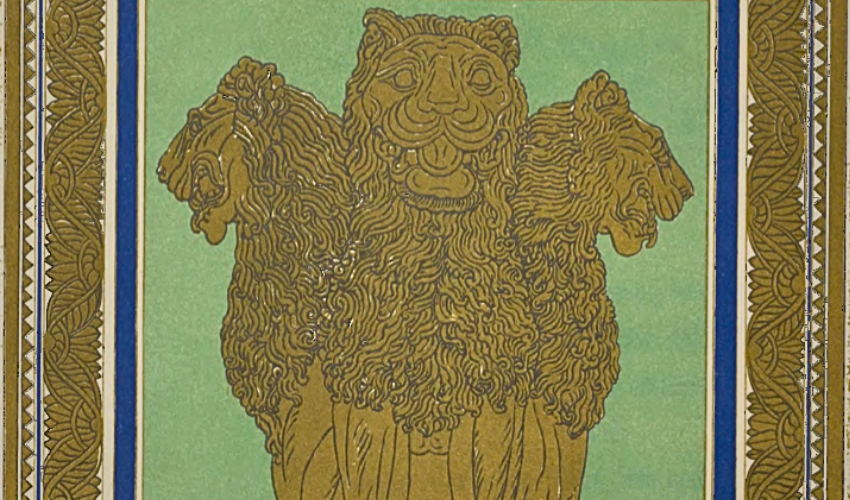
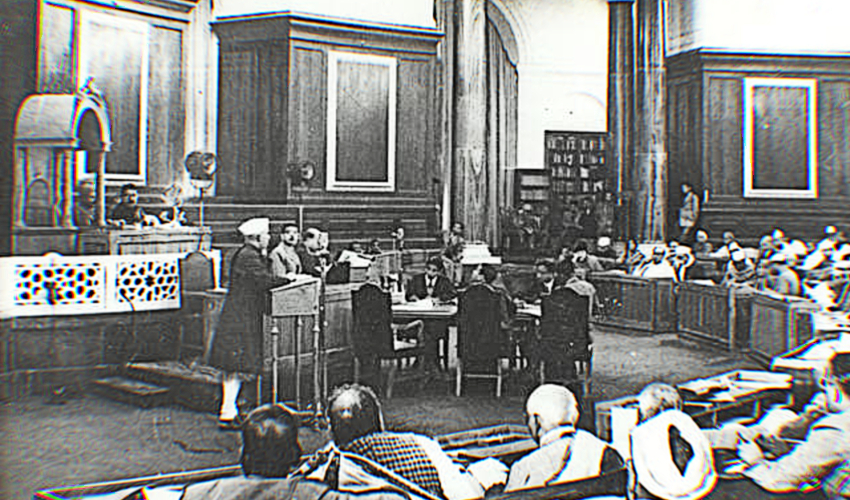
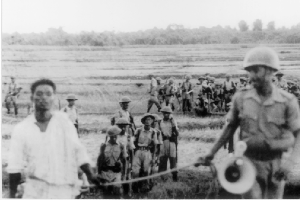
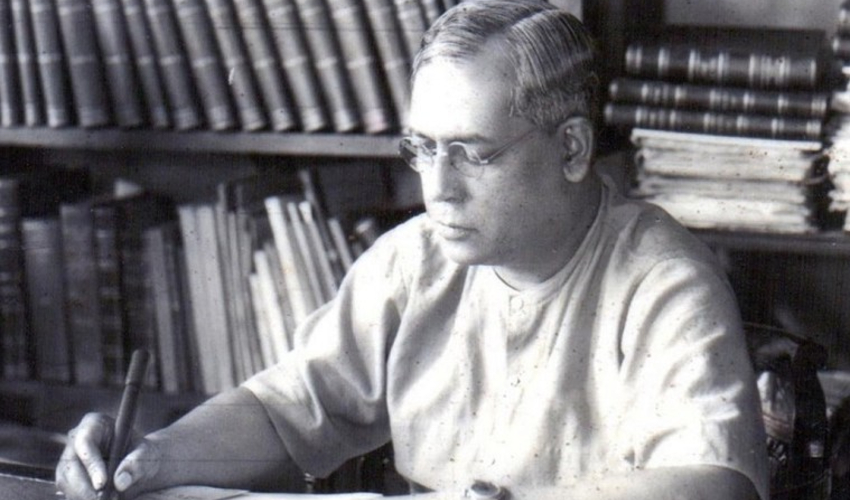
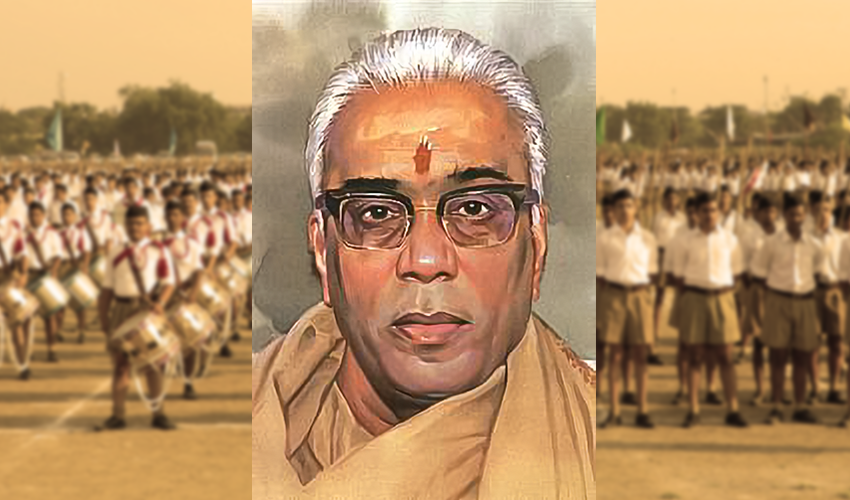
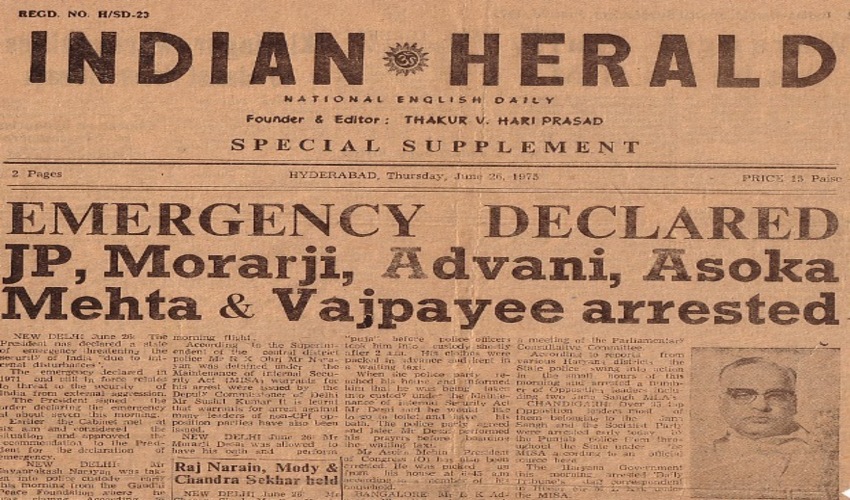
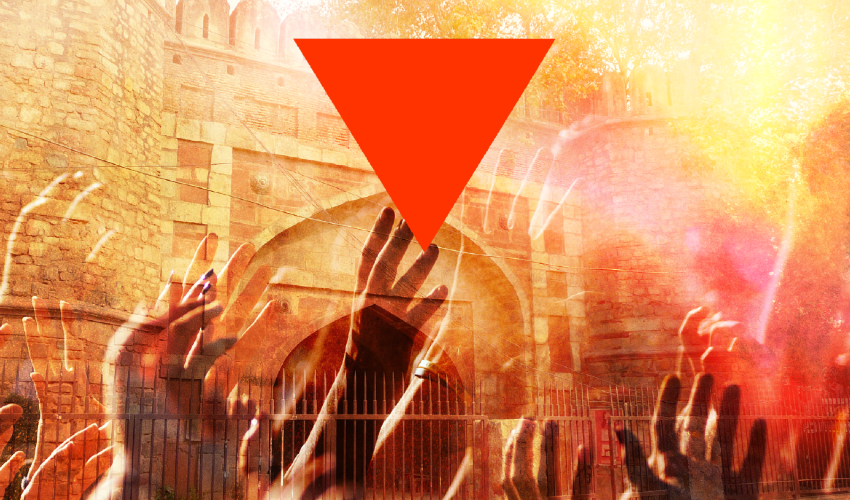
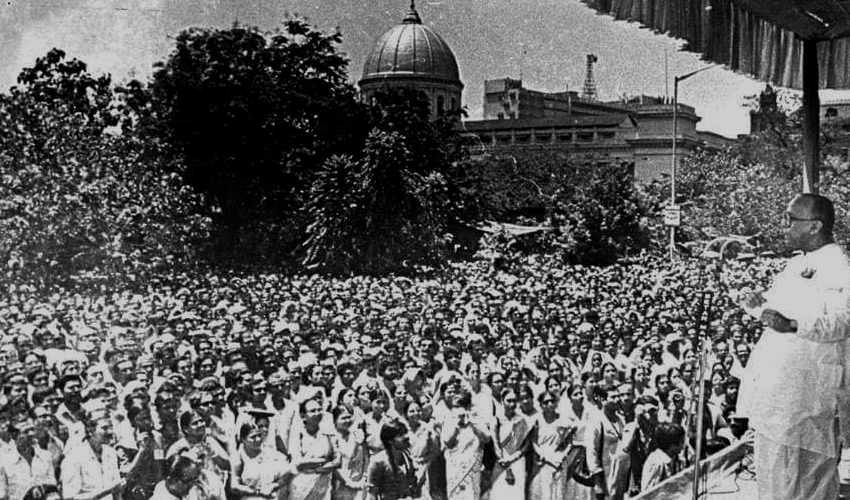

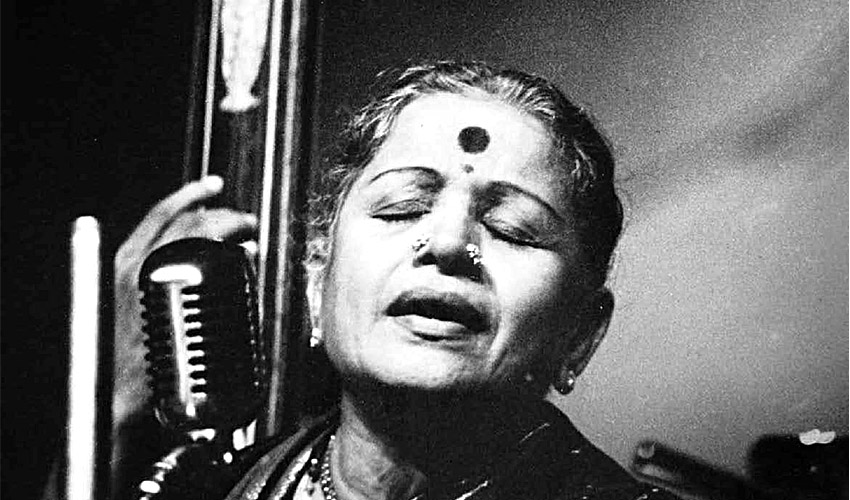
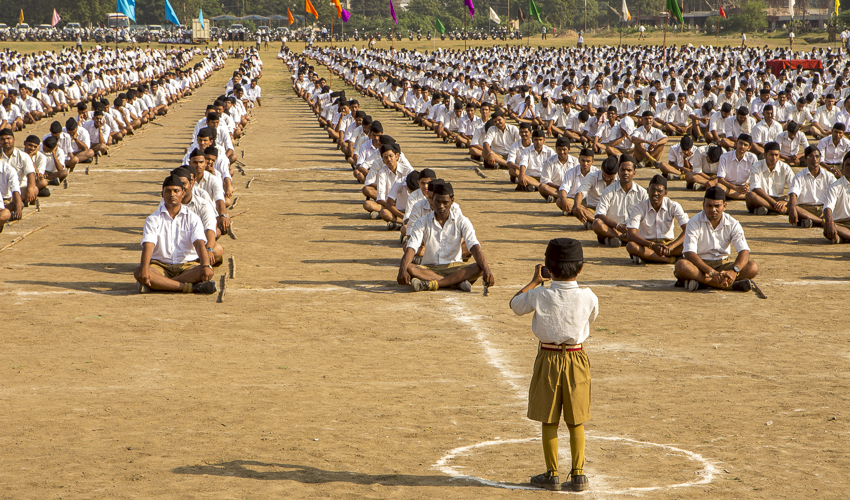
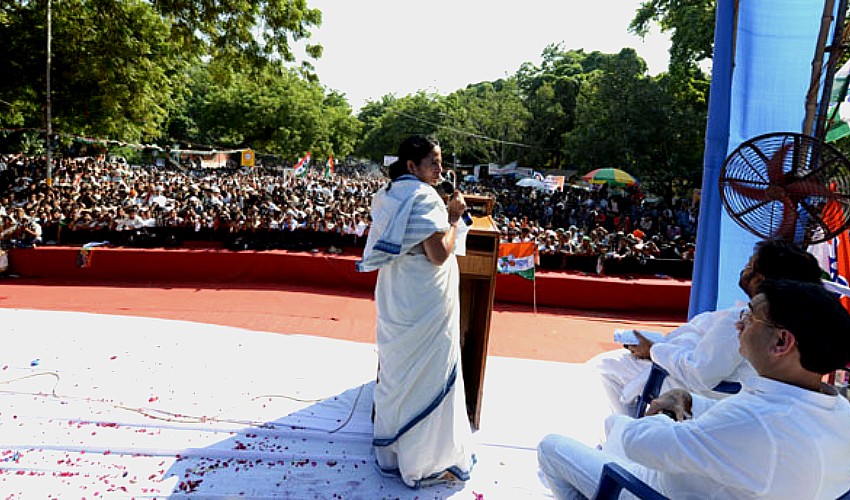


Leave a Reply